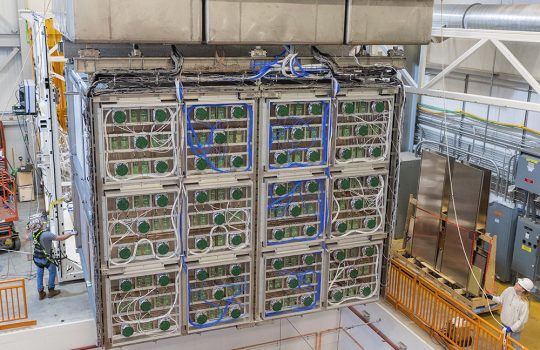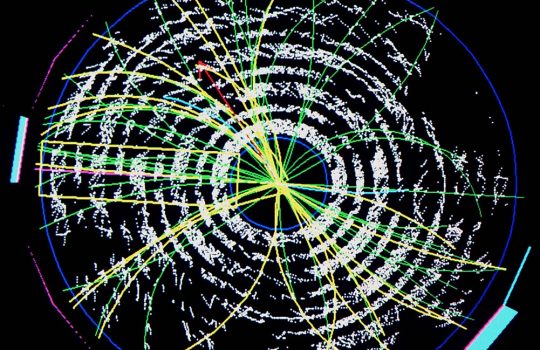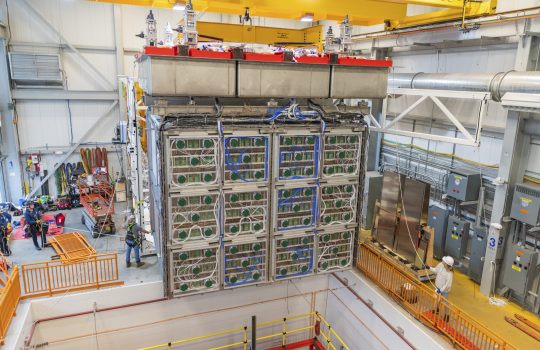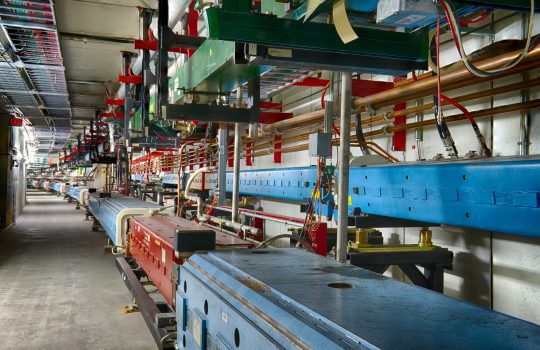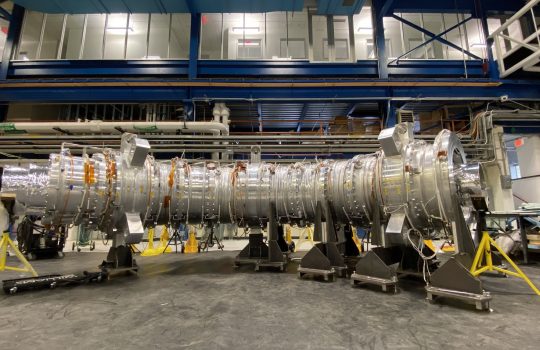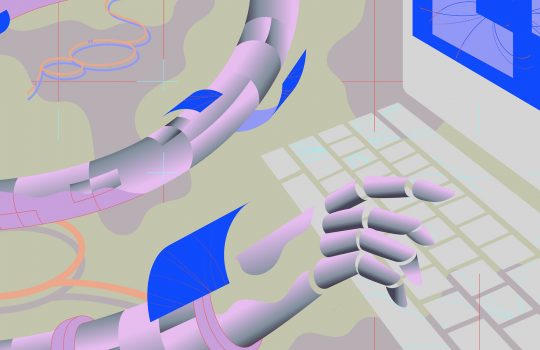Andrzej Szelc elected co-spokesperson for SBND collaboration
The Short-Baseline Near Detector has logged the largest sample of neutrino interactions in liquid argon in the world. Newly elected, Andrzej Szelc will co-lead SBND during the next phase of the experiment.

